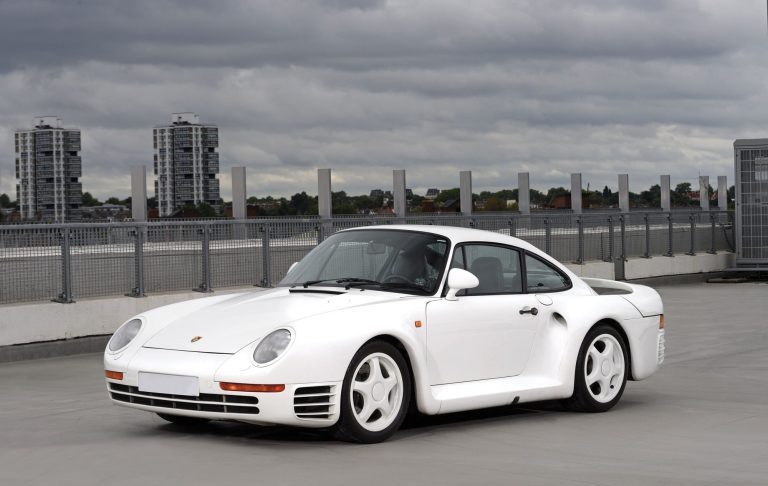The Dawn of Hypercars:
Revolutionising Automotive Performance
The automotive world is experiencing a remarkable shift with the emergence of hypercars, a new breed of high-performance vehicles that take speed, design, and technology to unprecedented heights. Hypercars not only stand out due to their astonishing power and speed but also showcase cutting-edge innovations that redefine luxury and eco-friendliness in the automotive industry. Brands like Bugatti, McLaren, and Rimac are pushing the boundaries, blending aerodynamics with electrification, resulting in cars that are not just fast but also environmentally conscious. The hypercar phenomenon captures the imagination of enthusiasts and casual drivers alike, promising an electrifying future where performance meets sustainability.


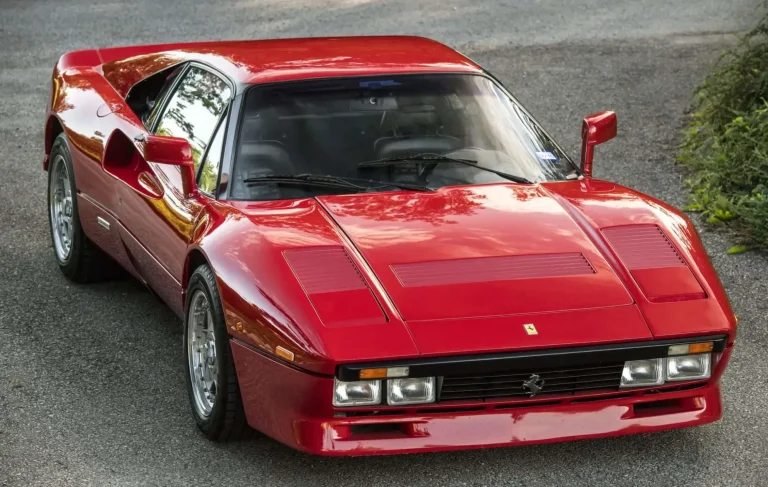
In the following decade, automakers continued to expand the limits of performance with models like the Maserati Bora, Aston Martin V8 Vantage, Ferrari Boxer 512 BB, Porsche 911 Turbo 3.3, and Lotus Esprit. Supercars were becoming increasingly common. But what was next? Who would claim the title of the best? Ferrari had the solution.
With supercars frequently featured in magazines, many people could envision their dream car, and some could even afford them. So, what was the next step? How about a Super-Supercar? What if there was a production car that was truly extreme? A vehicle that surpassed all others and pushed the boundaries even further? Enter the Ferrari 288 GTO.
The Ferrari 308 GTB Berlinetta and 308 GTS Targa were mid-engine, two-seater V8 sports cars introduced by Ferrari in 1975, designed to succeed the Dino 246 GT and GTS. Crafted by Leonardo Fioravanti of Pininfarina, who also designed the Dino, Boxer, and the Daytona, the 308 shared many components with its predecessor. However, it was the stunning design of the 308 that truly set it apart, quickly becoming the dream car for many young enthusiasts and establishing itself as one of the most beloved supercars of its time.
In 1984, Ferrari recognised the rising popularity of a new racing series and decided they wanted to be part of it. The Group B Circuit, governed by the Fédération Internationale de l'Automobile (FIA), showcased the most powerful and advanced rally cars ever created. With a long history in racing, including dominance in Formula One and various other series, Ferrari was eager to enter the rally scene, but they needed to develop a new vehicle from the ground up. Additionally, regulations required that at least two hundred road-legal versions of the car be produced for public sale.
To create this new rally car, Ferrari took the 308 GTB and elements from its upcoming successor, the 328, and completely reworked them. They modified the cars with wider fenders to fit larger racing tires, added bigger front and rear spoilers, and installed extra lights in the lower grille. Inspired by the legendary 250 GTO, they incorporated slanted air vents, a redesigned rear wing, and enhanced rear fenders to improve brake cooling. The suspension was made adjustable, and the overall body was lightened—reducing the weight by nearly 400 kg compared to the 308—using a combination of steel for the doors, fiberglass for the panels, and Kevlar for the hood and roof. This marked the first use of such advanced materials in a road car.
Under the hood, the 288's 2,885 cc V8 engine was positioned longitudinally, now occupying the space that had been previously designated for the trunk.
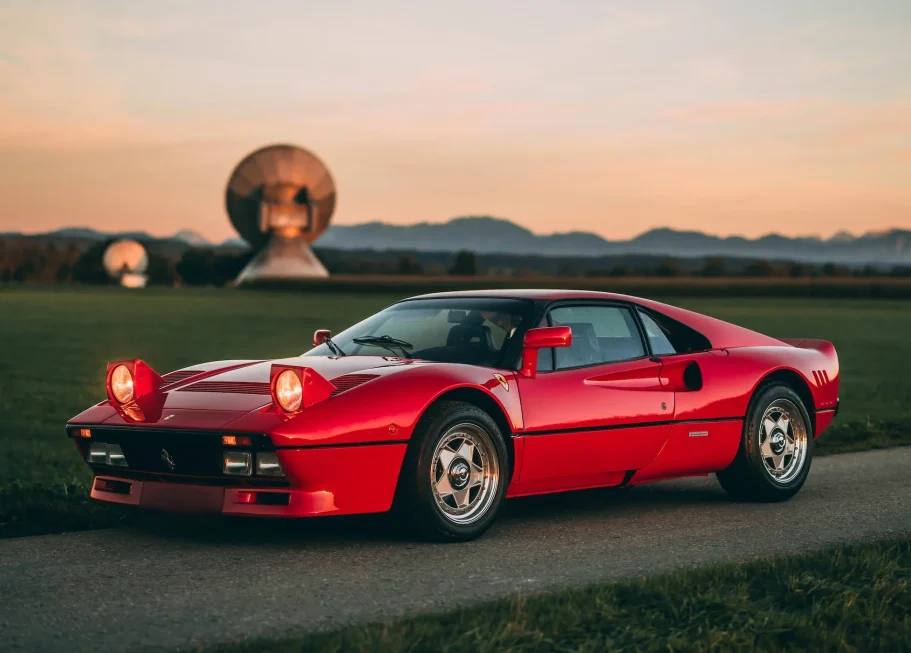
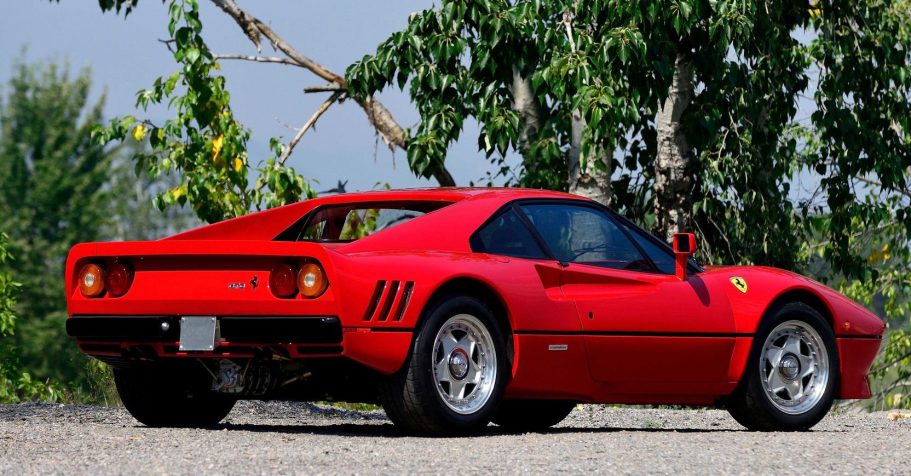
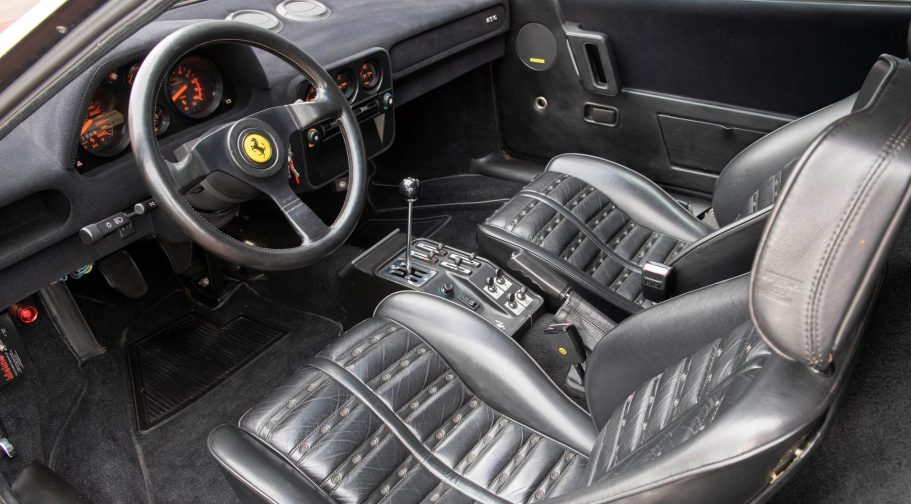
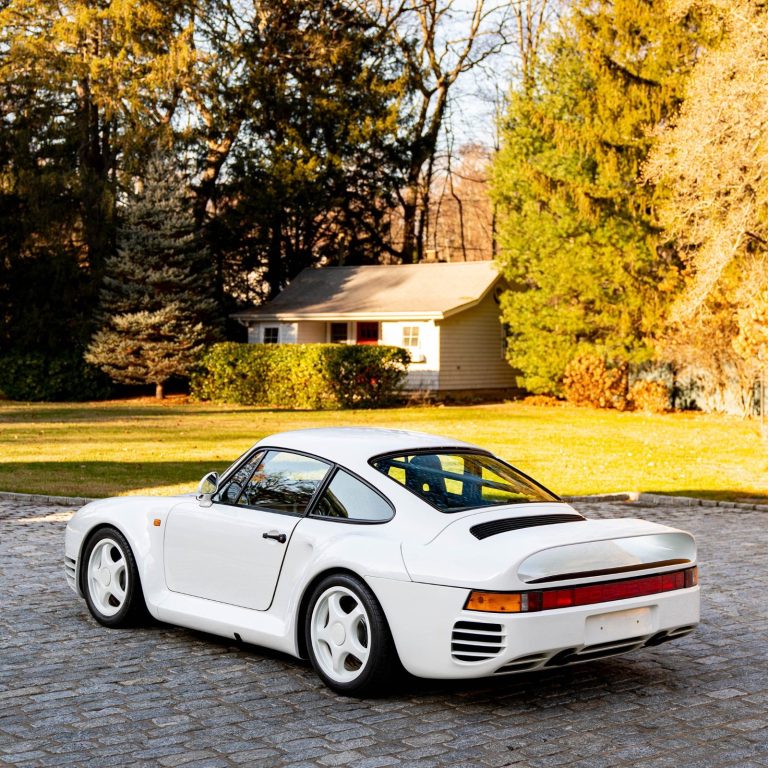
Not long after the development of the 288 GTO, the FIA discontinued Group B rallying and introduced the more subdued Group A instead. As a result, Ferrari never had the opportunity to compete, and all 272 cars they manufactured (with the exception of one black car, all were red) stayed as road vehicles. However, Ferrari transformed a supercar of its time into something truly remarkable. They introduced a new class of vehicle to their lineup, carving out a special place in the imaginations of young car enthusiasts everywhere—a spot dedicated to the ultimate supercars.
While Ferrari was in the process of developing the 288 GTO, Porsche had already started creating their own Super-Rally car, the Porsche 959. Helmuth Bott, Porsche’s Chief Engineer, proposed to Managing Director Peter Schutz the idea of a successor to the 911, potentially featuring all-wheel drive and a rear engine. Schutz agreed that the company should explore this concept and authorized Bott to investigate further.
Understanding that the advancement of such vehicles often benefited from participation in racing, Bott, similar to Ferrari, directed his new design towards competition in Group B rallying. The 959 Group B Prototype was revealed at the 1983 Frankfurt Motor Show, and in 1984, three modified 911 Carreras, which incorporated elements of the 959 and an all-wheel drive system, achieved 1st, 6th, and 25th places in the Paris-Dakar Rally. The following year, cars that more closely resembled the 959 entered the Paris-Dakar but did not finish. However, in 1986, the 959 secured 1st, 2nd, and 6th places, establishing itself as a formidable competitor in rallying, although Porsche never officially entered the car into Group B.
As interest in the 959 surged due to its rallying achievements, a road version was introduced at the 1985 Frankfurt Motor Show. The 959 was available in two configurations: “Sport” and “Komfort,” catering to different driver preferences. The Sport variant featured a larger turbocharger, boosting its power output to 510 bhp and achieving a top speed of 211 mph (339 km/h). By 1987, Porsche had sold 292 units of the 959 at a price of $225,000 each, which was less than half of the production cost for each vehicle.
